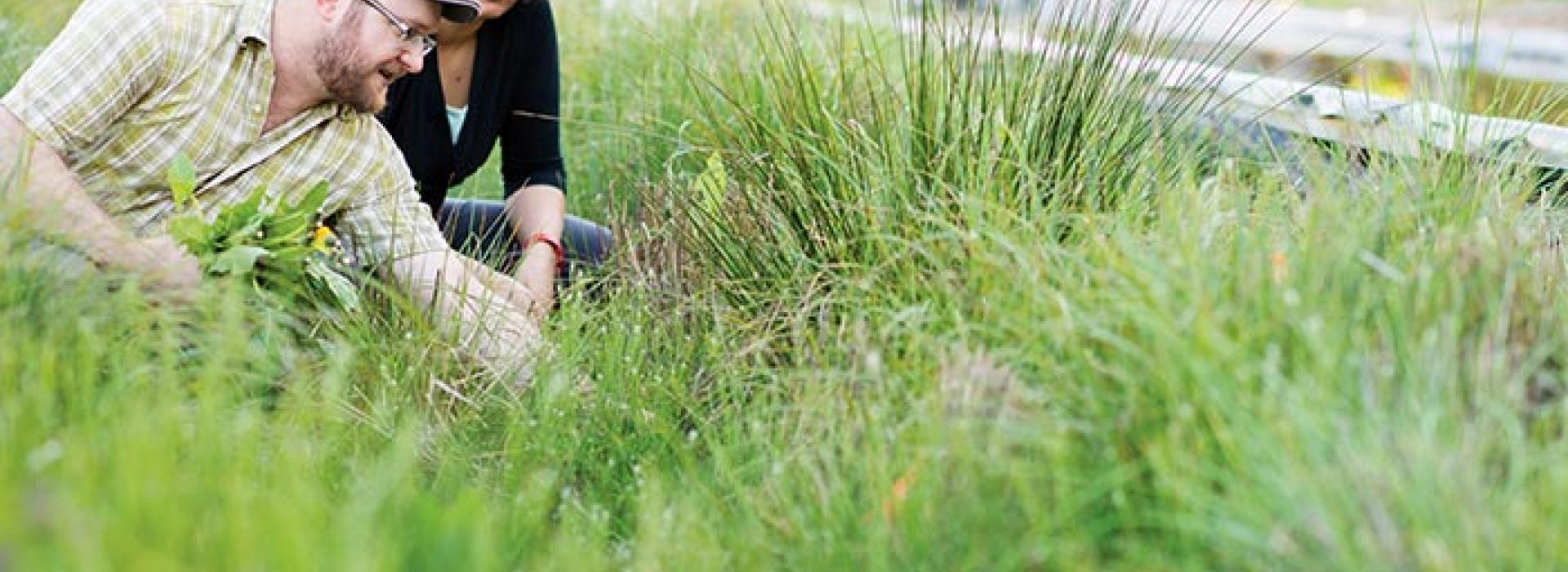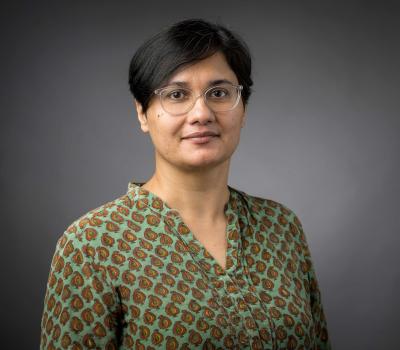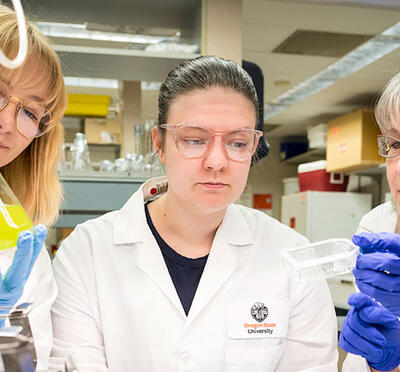We can survive just fine without gold, or diamonds, or platinum.
But water? Not so much.
For thousands of years, water has slowly flowed through watersheds via vast capillary-like networks of wetlands, creeks, and lakes that naturally purify it along the way. Not long ago, we freely drank pure water from rivers and streams without fear of the health risks.
“Although we value water, we spend more money on phone bills than water bills,” said Meghna Babbar-Sebens, an associate professor in water resources engineering at Oregon State. “It’s interesting how backward our thinking is about the value of water.”
People are altering natural environments to make way for infrastructure and agriculture — removing vegetation, filling in wetlands, straightening river channels, and constructing dams. As populations grow, people are pushing further into watersheds and engaging in activities that impact water quality.
Today, water is tainted by a wide-range of contaminants, including agricultural fertilizers, flushed pharmaceuticals, industrial pollutants, roadway runoff, and human waste. Increased contaminants flowing through diminished watersheds make it challenging for nature’s water purification system to be effective.
To obtain potable drinking water, we now rely on highly engineered, centralized water treatment plants in municipalities that filter and treat the contaminated water before it is distributed for human consumption.
“Nature is very efficient at capturing contaminants, so why not make sure the water arriving at the water treatment plant has a chance to be treated by nature before it gets there?” Babbar-Sebens said. “We want to develop effective strategies that minimize upstream contamination and add natural features to watersheds so that it’s less expensive and more efficient to clean water downstream.”
Babbar-Sebens’ research identifies locations in watersheds where “green infrastructures” can be created to help biosystems naturally purify waterways. These infrastructures may include ecological systems such as wetlands, filter strips, grassed waterways, bioswales, and even agricultural management practices such as cover crops and no-till farming.
The Tool that Learns, and Teaches
Babbar-Sebens has developed a web-based, participatory tool called Watershed Restoration Using Spatio-Temporal Optimization of Resources (WRESTORE), and she hopes to partner with watershed stakeholders willing to test drive the new tool.
“Information technology, simulation models, and machine algorithms analyze the landscape and other large data sets about a watershed and suggest the best strategy for installing natural features that improve the environment’s capacity to clean water,” Babbar-Sebens said.
The web-based system allows people to try various solutions in a simulated version of their watershed landscape. The interactive framework takes user feedback and employs an iterative search-and-learning method to find better potential solutions that address the user’s feedback. Users can then identify alternatives that best fit their particular needs. The tool not only learns from users about their needs, but users also learn about how their watershed can respond to various actions or changes on their particular piece of land.
“The science is very clear about which watershed improvements and natural features could be installed to achieve the highest impact,” Babbar-Sebens said, ”but implementation takes the support and help of the people who live in the watershed areas — and that can complicate things,” she said.
The Human Factor
Computer simulations have a limited ability to incorporate subjective or unquantified criteria such as personal values, interests, biases, historical knowledge, and the preferences of the stakeholders living in the watershed areas.
A farmer, for example, might be less enthusiastic about giving up acreage currently used for row crops in order to convert it to a wetland. Or, a homeowner living near a river might balk at the suggestion of planting vegetation that obstructs a view or seems aesthetically unpleasant. Likewise, outdoor enthusiasts may not want to curtail activities in some areas.
“By engaging people in upstream solutions, my ultimate goal is to create new, integrated, and collaborative approaches to managing clean water — starting from the moment the rain falls from the sky to when water comes out your faucet,” Babbar-Sebens said. “Issues like clean water and climate change will not be solved with just science or algorithms. We must engage humans — along with machines — to ensure we discover the best possible solutions.”
MOMENTUM, College of Engineering, Spring 2018
MOMENTUM Issue Archives
Questions: editor@engr.oregonstate.edu




